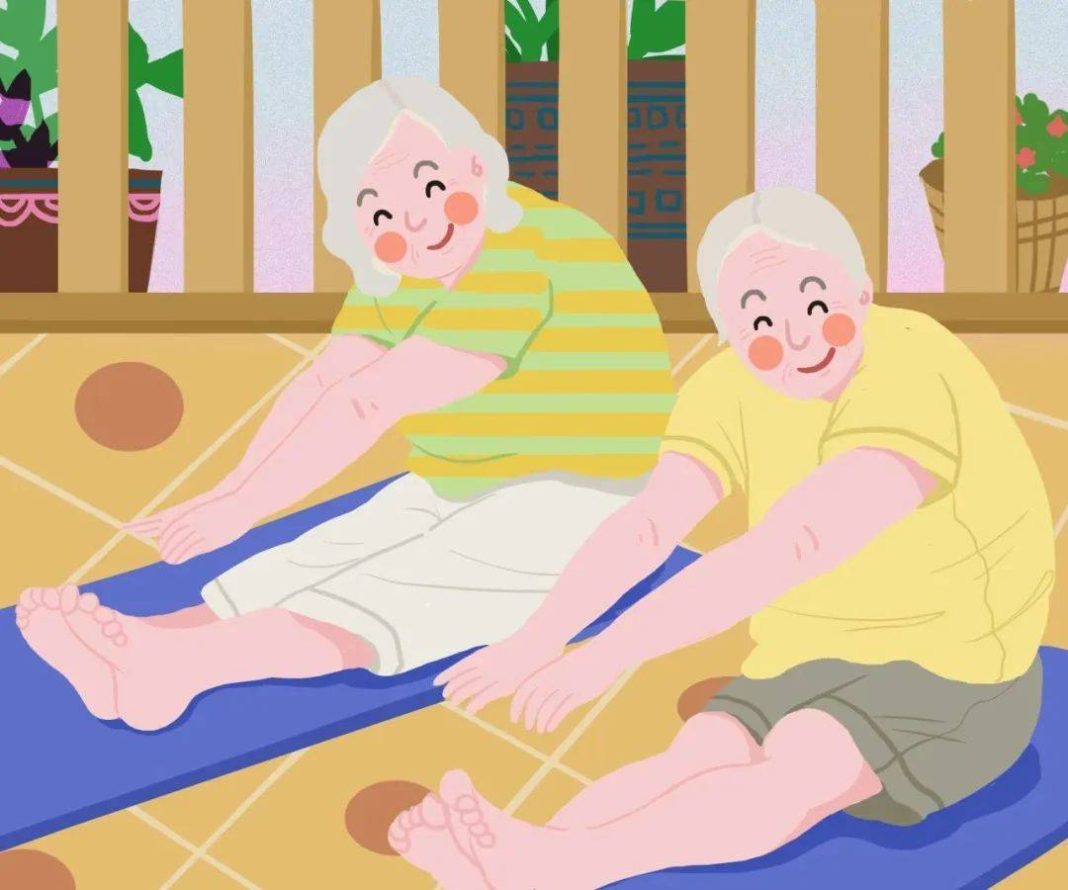Minor symptoms, major hidden dangers
What is late-life depression and anxiety disorders
Late-life depression and anxiety disorders generally refer to the occurrence of depression and anxiety attacks in elderly individuals aged 60 and above, which is a more common mental disorder among the elderly population. The core symptoms of depression include mood disturbances (low mood), lack of pleasure (loss of appetite), reduced interest, and may also include sleep disturbances (insomnia) and cognitive decline (memory loss), among others.
Late-life depression and anxiety disorders are often considered a part of elderly life and do not receive sufficient recognition and diagnosis. Late-life depression and anxiety disorders have been linked to poor quality of life, difficulties in daily activities, physical comorbidities, premature death, and cognitive impairment, among other significant negative consequences.
Therefore, enhancing awareness of the manifestations of depression and anxiety in the elderly and managing them is crucial. As long as the patient meets the clinical diagnostic criteria for depression and anxiety disorders, timely treatment is necessary.
Which elderly individuals are prone to depression and anxiety
The causes of late-life depression and anxiety disorders are complex and often associated with physical illnesses, with both potentially acting as causes and effects of each other. For instance, late-life depression can increase the incidence of age-related dementia, while in populations with coronary heart disease and hypertension, the incidence of anxiety disorders accounts for almost half. The susceptible populations for late-life depression and anxiety disorders include the following.
1. Those lacking emotional support
2. Those experiencing negative events
3. Patients with chronic diseases
4. Long-term medication users
5. Individuals with personality traits of stubbornness
How to treat depression and anxiety disorders in the elderly
For patients with late-life depression and anxiety disorders, treatment mainly involves pharmacotherapy and psychotherapy. Pharmacotherapy is prescribed by specialized physicians, with most medications possibly requiring a start from low doses, gradual dose adjustments, and not abruptly discontinuing the medication after a period of use. Medication adjustments need guidance from specialized physicians and require regular follow-ups.
In terms of psychotherapeutic interventions, led by specialized physicians and requiring cooperation from patients and family members, the treatment plan needs to be practical, feasible, and flexible to meet the needs of patients and caregivers to the fullest extent.
Therefore, during the initial formulation of psychotherapeutic plans, the involvement of family members and patients is necessary, with continuous assessments and updates. As family members of patients, one should stand at the forefront of treatment and ensure the following.
1. Pay attention to the psychological state of the elderly, provide care and companionship, and avoid showing signs of annoyance, rejection, dissatisfaction, or hostility toward the elderly.
2. Ensure proper nutrition intake and actively treat underlying physical illnesses; encourage patients to maintain a regular routine, actively participate in recreational and group activities, such as playing chess, calligraphy, or card games; enhance the patient’s social interactions and enrich their daily life.
3. Encourage and accompany patients in outdoor activities; moderate exercise is the most effective and natural “medicine” against depression. Treating late-life anxiety and depression requires us to jointly improve and establish a multidisciplinary team care model for late-life depression and anxiety disorders, involving specialized physicians, primary healthcare workers, social workers, and family members to promote the extension from clinical symptom relief to comprehensive functional recovery in elderly patients.
Other treatment methods
In addition to oral medications and psychotherapeutic interventions, there is a category of physical treatments, including electroconvulsive therapy, repetitive transcranial magnetic stimulation, vagus nerve stimulation, deep brain stimulation, and still under-research phototherapy and sleep deprivation treatments, among others. However, these treatment methods have not yet received clear research conclusions on late-life anxiety patients and require further studies to confirm.
Currently, anxiety patients often adopt methods to regulate their physical and mental well-being, such as yoga, painting, dancing, music, and other art therapies, which have significant effects on alleviating anxiety in the elderly.
More recommended readings
This book focuses on the three main thematic sections of elderly health concepts, common diseases and symptoms in the elderly, and management of common chronic diseases in the elderly, composed via a system and structure of “cases, small classroom, knowledge expansion, misconception interpretation, small stories,” covering the basic health knowledge and skills that the public should know, want to know, and easily misunderstand.
Source: People’s Health Publishing House, “Promoting Health and Enjoying Old Age”
Planned by: Tan Jia, Wang Ning
Responsible editor: Zhu Jiaqi (EN042)


